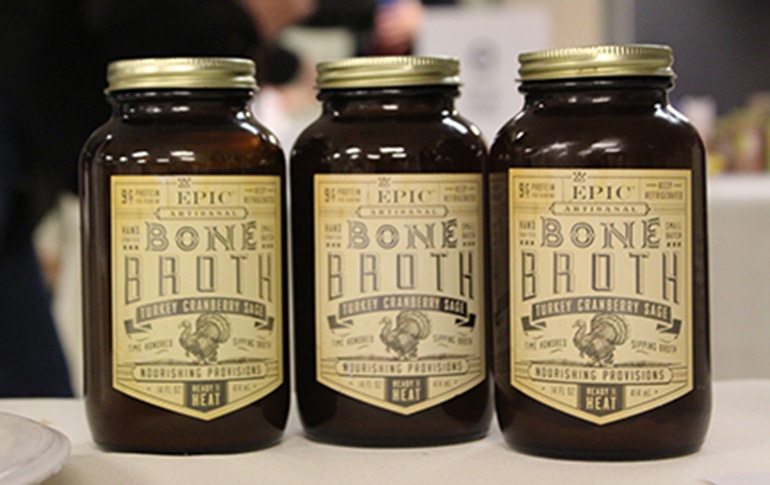July 1, 2016

This month, Natural Foods Merchandiser's secret shopper visited a natural foods co-op in the Midwest and asked: "I see you sell packaged bone broth. Are these products nutritionally the same as bone broth I'd make at home?" Here's how the conversation played out:
Store: Well, I’m a big believer that anything you make at home will be better than store-bought. But as for specific nutrients in bone broth, I guess I’m not sure … let’s look at a few products. [She grabs a TetraPak carton from the shelf and examines the Nutrition Facts panel]. You know, this all looks pretty nutritious. I think the only thing you’d have to watch is sodium. Just make sure there isn’t a lot.
NFM: Are the bone broths in your cold beverage case similar to these here?
Store: Yep, they should be the same. Those are just packaged differently and must be kept cold—and you can drink them on the spot.
How did this retailer do?
 Our expert educator: Jessica Crandall, RDN, spokesperson for the Academy of Nutrition and Dietetics
Our expert educator: Jessica Crandall, RDN, spokesperson for the Academy of Nutrition and Dietetics
I applaud the retailer for not trying to be a nutrition expert or giving advice on something she wasn’t sure about. I like that she pointed out the Nutrition Facts panel and knew that broths in general can be high in sodium. Next time she might say that for a product to be considered low sodium, it should have less than 150 milligrams.
I know you didn’t ask her specifically about what bone broth is or its purported benefits, but here’s the gist: It’s made by steeping bones for a long time, which draws out the collagen, protein and amino acids. Bone broth has become so popular, especially among active types, because these ingredients are believed to support strong, healthy bones and muscles, although science hasn’t proven that yet. You can definitely make bone broth at home, and it should be just as nutritious as a prepackaged version, but it’s very time consuming. From what I’ve seen, store-bought bone broths aren’t missing anything nutritionally—it’s just that the work has been done for you.
As for shelf-stable versus refrigerated, she’s right—they should be similar, although it’s tough to tell exactly, because you’re comparing one brand’s product to another’s. Each might use different kinds of bones and steep them for different lengths of time. But overall, I think the main difference is the preparation and packaging.
You May Also Like
.png?width=700&auto=webp&quality=80&disable=upscale)


